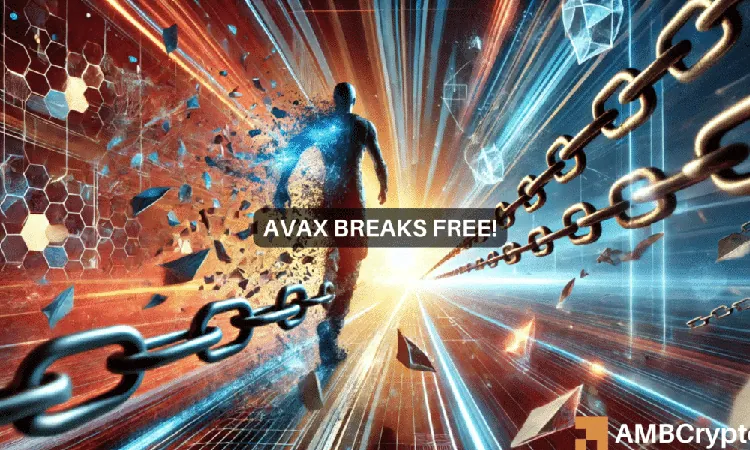
New Discoveries in Cosmic Voids Could Unravel the Hubble Tension and Revitalize Our Understanding of Cosmic Expansion!
2024-12-01
Author: Emily
Introduction
Astronomers have confirmed for decades that our universe is constantly expanding. This expansion has been traced back nearly 14 billion years, revealing crucial insights into the nature of our cosmos. One key measurement in this context is the Hubble constant, denoted as H0, which indicates the current rate of this cosmic expansion.
The Hubble Tension
However, a significant challenge in cosmology arises from the discrepancies in determining H0—the so-called "Hubble tension." Two different methods for measuring the expansion rate yield conflicting results: one based on the cosmic microwave background (CMB) radiation, the leftover light from the Big Bang, and another dependent on the observations of distant galaxies and supernovae.
Cosmic Microwave Background vs. Supernovae
The CMB provides a nearly uniform glow across the universe, with slight fluctuations resembling the notes produced by a guitar string. By analyzing which areas of the CMB sky exhibit more or less “noise,” astronomers can infer details about the early universe's size and structure. Conversely, measurements from more distant cosmic objects, like supernovae, yield H0 values that are approximately 8% greater than those derived from the CMB, leading to a persistent dilemma for scientists.
Local Phenomena's Role in Redshift
While these measurements generally operate under the assumption that cosmic expansion is the sole contributor to redshift—the phenomenon where light from distant objects shifts to longer, redder wavelengths—this assumption can be misleading. Local phenomena, such as the gravitational interaction between the Milky Way and neighboring galaxies like Andromeda, also play a significant role.
Refining H0 Calculations
To refine their calculations, astronomers typically avoid considering supernovae located within 300 million light-years and refrain from examining galaxies beyond 2 billion light-years away. This creates a "window" to measure H0 accurately—however, recent observations suggest that may not be as straightforward as assumed.
The KBC Void Hypothesis
One groundbreaking hypothesis proposes that we inhabit a large, underdense region of space known as the KBC void. Analysis of galaxy distributions indicates that this void might be impacting measurements through localized peculiar velocities that add an additional redshift, which could boost local H0 estimates.
Recent Findings on the Local Void
In a 2020 paper, it was postulated that if our corner of the universe is 20% less dense than average, it could reconcile the discrepancy in H0 values while explaining the peculiarities in galaxy number counts. This theory challenges traditional models of cosmic structure formation.
Validating the Local Void Hypothesis
Recent research aimed to further validate the local void hypothesis by examining the predicted velocity fields in our vicinity. The findings suggest that choosing an optimal vantage point within the void allows for a more precise understanding of the "bulk flow" of matter around us, offering a potential solution to the Hubble tension without relying on previously held assumptions about H0.
Baryon Acoustic Oscillations
Moreover, ongoing studies utilizing baryon acoustic oscillations (BAOs)—a result of sound waves in the early universe that create a characteristic scale in cosmic structures—have demonstrated slight deviations from void-free cosmology. These deviations are a key indicator that could illuminate the pathway toward resolving the Hubble tension.
Conclusion
As the field of cosmology continues to grapple with these complex challenges, insights into cosmic voids like KBC demonstrate that there is much to learn about the intricacies of our universe. If our positioning within this vast cosmic cavern plays a deciding role in cosmic measurements, it may indeed create avenues for a new understanding of cosmic expansion that transcends current theories. Stay tuned! The future of cosmology may hold unimagined revelations as we delve deeper into the enigmatic voids of our universe.









 Brasil (PT)
Brasil (PT)
 Canada (EN)
Canada (EN)
 Chile (ES)
Chile (ES)
 España (ES)
España (ES)
 France (FR)
France (FR)
 Hong Kong (EN)
Hong Kong (EN)
 Italia (IT)
Italia (IT)
 日本 (JA)
日本 (JA)
 Magyarország (HU)
Magyarország (HU)
 Norge (NO)
Norge (NO)
 Polska (PL)
Polska (PL)
 Schweiz (DE)
Schweiz (DE)
 Singapore (EN)
Singapore (EN)
 Sverige (SV)
Sverige (SV)
 Suomi (FI)
Suomi (FI)
 Türkiye (TR)
Türkiye (TR)